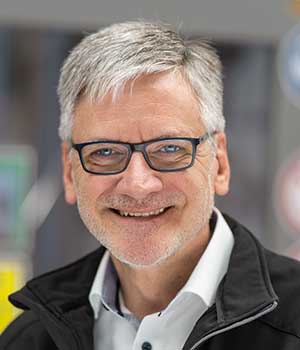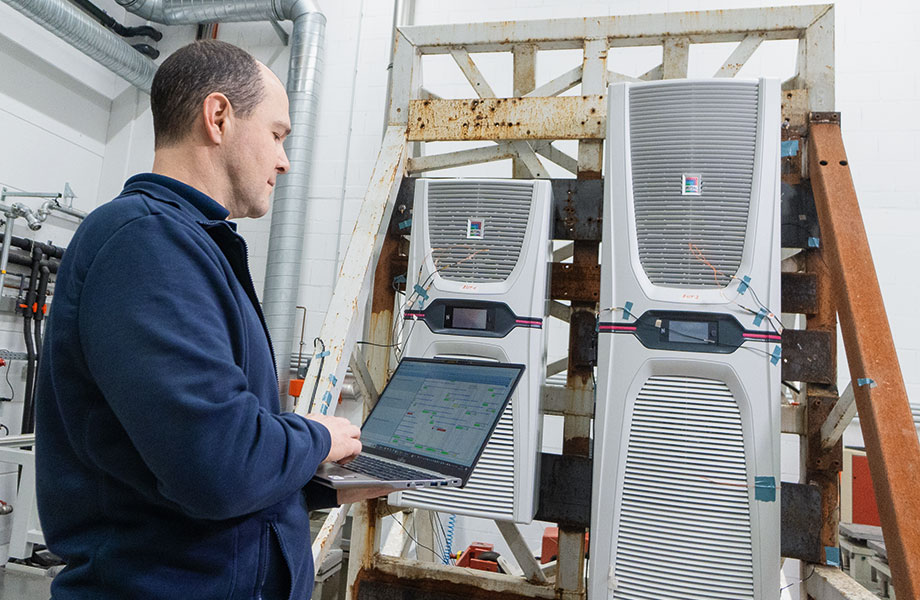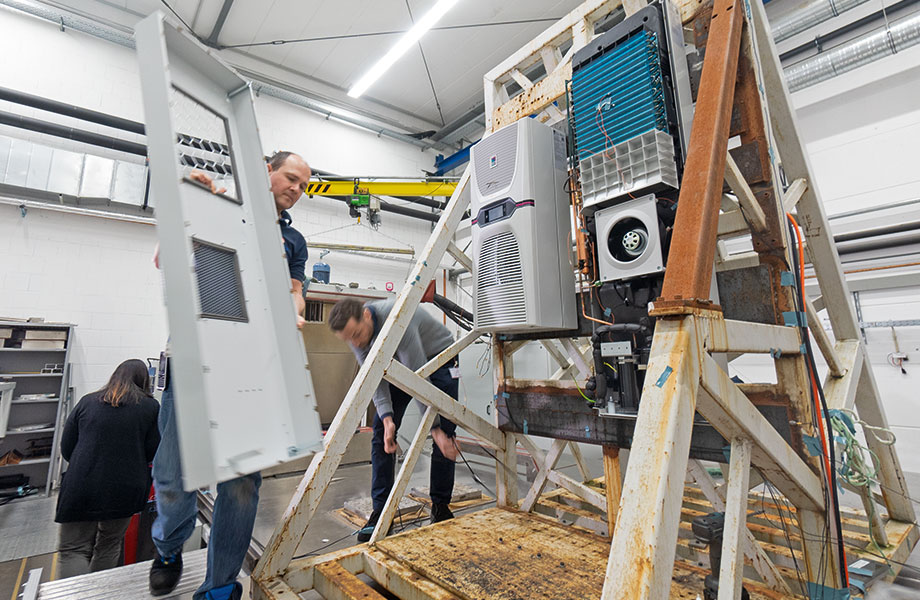A mere glimpse into the engine room shows that space on a ship is at a premium and there is very little room for technology. Even so, technology still needs to be installed there. Sometimes that means retrofitting equipment, such as scrubbers – the exhaust gas cleaning systems that stricter environmental legislation now calls for. Once installed, the equipment has a lot to contend with – vibrations from the diesel engine, rocking due to the swell of the sea, heat and damp conditions all put a huge amount of stress on the electronics. These issues also affect the cooling units for enclosure climate control, as Ralf Schneider, Head of Solution Sales Cooling at Rittal, explains. “Vibrations cause cooling compressors and other heavy components installed in cooling units to start vibrating violently, too – and, before long, coolant lines are torn out and mountings are destroyed,” he says.
The magazine of Friedhelm Loh Group
The magazine of Friedhelm Loh Group





